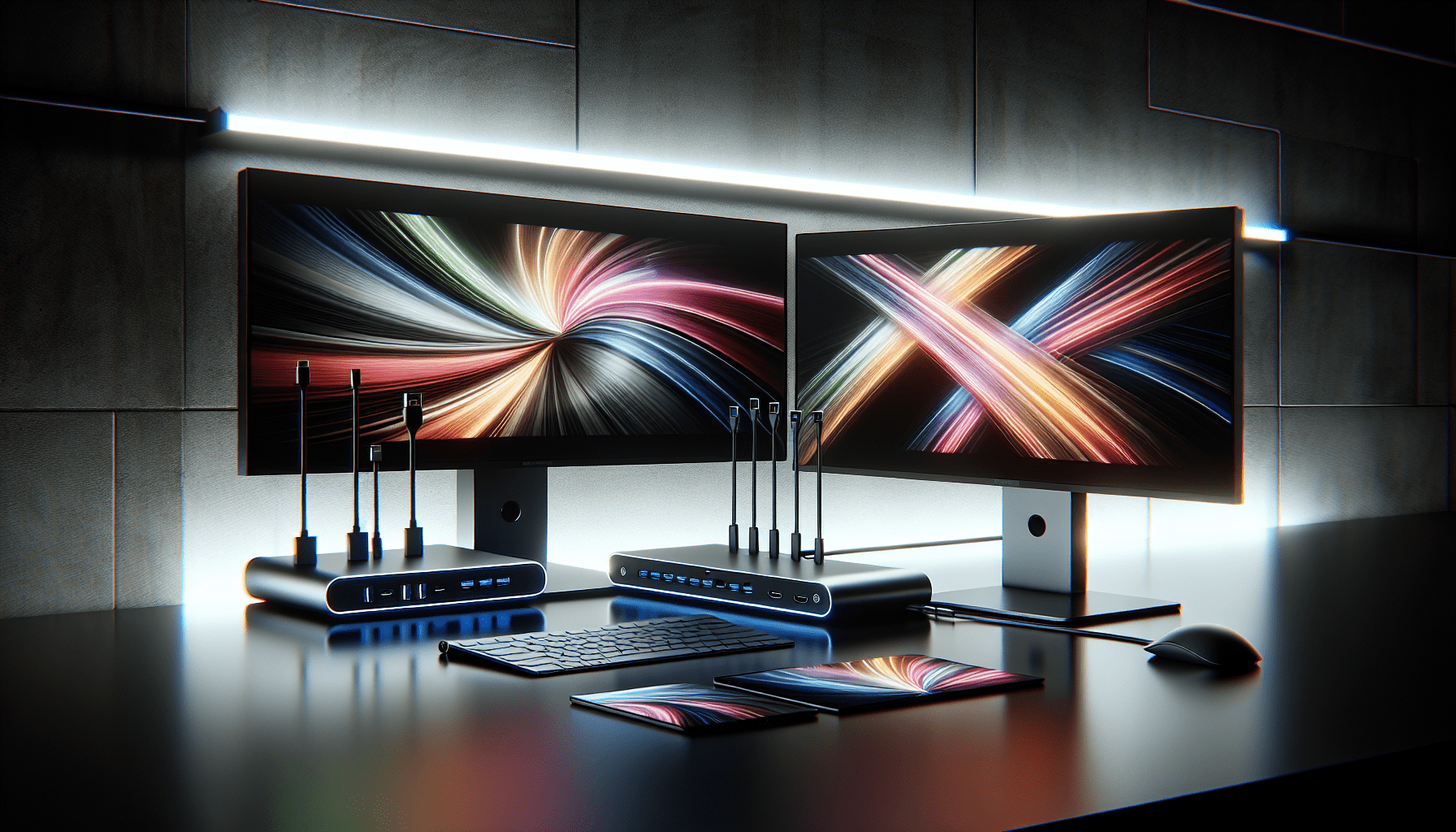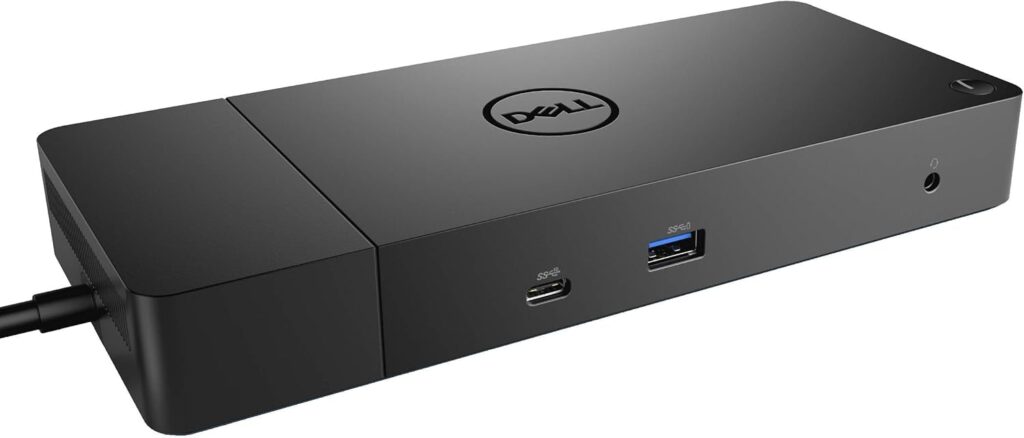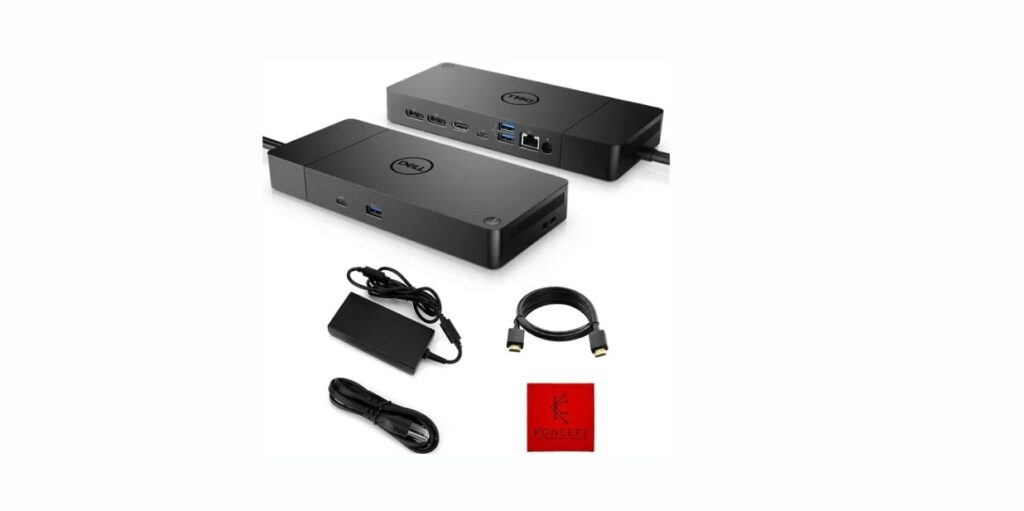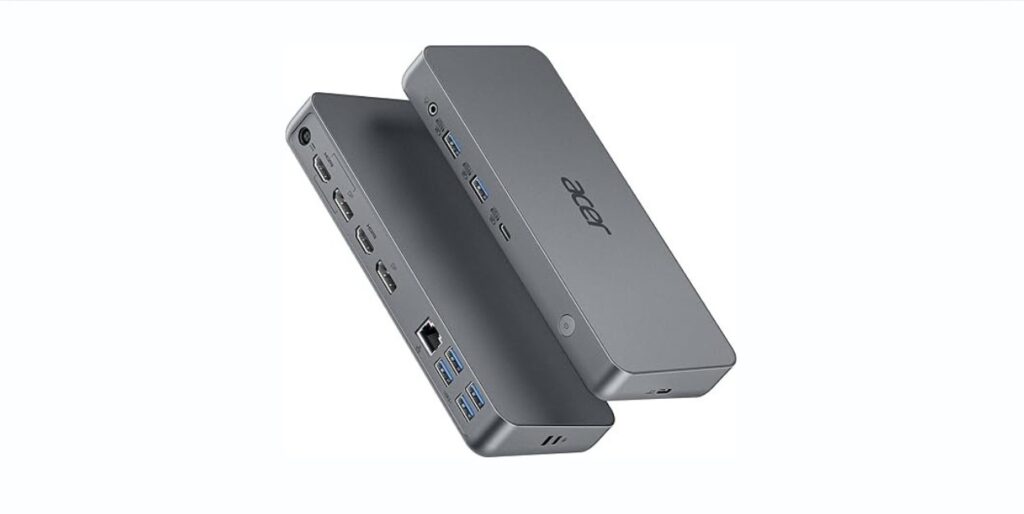Have you ever found yourself staring at a tangled mess of cables and adapters, wondering which docking station would best support your extra screens? We feel your plight. In our tech-filled world, the battle between USB-C and Thunderbolt docks is akin to debating whether pineapple belongs on pizza. Both have their ardent admirers and unique flavors, and deciding on one can seem daunting. Yet, when it comes to expanding your desktop real estate, choosing the right dock can simplify your setup and unclutter your workstation.

What Are USB-C and Thunderbolt Docks?
Let’s start by demystifying what USB-C and Thunderbolt docks actually are. Think of these docks as magical hubs that turn your single USB-C or Thunderbolt port into a myriad of connections. This can include more USB ports, HDMI outputs, Ethernet connections, audio jacks, and more. Essentially, they are the dockside ports in your vast sea of technology.
USB-C Docks: An Overview
USB-C docks are the versatile chameleons of the docking world. They support the USB-C standard, which is known for its reversible connector and ability to transfer data, video, and power simultaneously. These docks can expand your single USB-C port to several connections, depending on your needs.
Thunderbolt Docks: An Overview
Thunderbolt docks, on the other hand, are like USB-C docks on steroids. Using Thunderbolt technology, they offer faster data transfer speeds and more power delivery options. Thunderbolt 3 and the newer Thunderbolt 4 ports extend the USB-C standard with added capabilities, which may just revolutionize your multi-screen setup.
USB-C vs Thunderbolt: The Speed Game
To the uninitiated, USB-C and Thunderbolt might seem like identical twins, but when we delve into their specs, we uncover some intriguing differences.
Data Transfer Speeds
In the tech Olympics, speed is king. USB-C ports, depending on the version, typically support data transfer speeds up to 10 Gbps. In contrast, Thunderbolt 3 and 4 ports can reach up to 40 Gbps. This means that if you are frequently transferring large files or running data-heavy applications, Thunderbolt might hold a distinct advantage.
| Connection Type | Maximum Data Transfer Speed |
|---|---|
| USB-C (3.1 Gen 2) | Up to 10 Gbps |
| Thunderbolt 3/4 | Up to 40 Gbps |
Video Output
If a clearer, crisper image is what you’re after, then the video output capabilities are crucial. Both USB-C and Thunderbolt offer support for external monitors, but Thunderbolt can support dual 4K displays or a single 8K display on a capable machine, due to its higher bandwidth. USB-C docks often support dual displays, but usually at lower resolutions.
Compatibility: Playing Nice With Your Devices
Compatibility might not be the thrilling part of our technological journey, but it sure is important. When it comes to USB-C and Thunderbolt docks, understanding their compatibility with your devices can make or break your multi-screen experience.
Device Compatibility
USB-C is like that universal friend who gets along with everyone. It’s widely compatible with most laptops, tablets, and smartphones. Thunderbolt, on the other hand, operates a bit more like an exclusive club. While Thunderbolt 3 uses the same port shape as USB-C, not all USB-C ports support Thunderbolt. Thus, you need a device with a Thunderbolt port to reap the full benefits.
Operating System Considerations
Knowing whether your operating system supports these technologies is crucial. Most modern operating systems, both Windows and MacOS, support USB-C and Thunderbolt. However, specific functionalities, like daisy-chaining multiple displays, may vary depending on the manufacturer’s limitations.
Backward Compatibility
The good news is that Thunderbolt is backward compatible with USB-C devices, meaning you can use USB-C accessories with a Thunderbolt port. But remember, plugging a USB-C device into a Thunderbolt port restricts you to USB-C speeds and capabilities.
Cost Analysis: Is More Expensive Always Better?
Ah, the age-old dilemma: cost. USB-C products are typically more budget-friendly than Thunderbolt ones. However, whether or not the price difference is justified depends on your specific needs.
Budget-Friendly USB-C
USB-C docks are generally less expensive because they offer less bandwidth and power. For basic users who need to connect additional screens or peripherals, USB-C may provide everything you need without blowing your budget.
Premium Thunderbolt Experience
Thunderbolt docks often sit at a premium price point due to their superior performance specifications. For professionals who engage in video editing, 3D rendering, or other high-performance tasks, the cost could be justified by the time saved and enhanced capabilities.

Power Delivery: Charging Ahead
Power delivery is another critical aspect to consider. Both USB-C and Thunderbolt can deliver power to your devices, but the specifications can differ.
USB-C Power Capabilities
USB-C power delivery can typically support up to 100 watts, which is more than enough to charge laptops and other devices while they’re in use.
Thunderbolt Power Capabilities
Thunderbolt 3 and 4 offer similar power delivery specs but with enhanced efficiency in supporting multiple devices and displays, potentially making them a better option for high-power setups.
Use Cases: Which Dock Suits Your Needs?
Once we understand the capabilities of USB-C and Thunderbolt docks, the real question becomes: which one suits our specific use case?
For Casual Users
If you primarily use your computer for general tasks like browsing, streaming, and working with typical office applications, a USB-C dock is likely enough. It’s cost-effective and sufficient for connecting additional monitors and peripherals without overkill.
For Creative Professionals
For creative professionals who require higher data transfer speeds for video editing or 3D modeling, Thunderbolt’s capabilities might be worth the extra investment. Its ability to handle dual 4K displays makes it the dream companion for any content creator.
For Gamers
Gamers often require high refresh rates and minimal lag. Hence, Thunderbolt docks may appeal because of their superior data transfer rates and support for high-resolution displays, which can enhance gaming experiences.
For Business Users
Business users might juggle multiple applications and need seamless interaction between displays. Here, the best option would be defined by budget constraints and work needs. A USB-C might suffice for many, but for those heavy on data or requiring multiple high-res displays, investing in Thunderbolt could ensure smooth sailing.
Future-Proofing: The Smart Buy
In the ever-evolving tech landscape, making a choice between USB-C and Thunderbolt isn’t just about immediate needs but also future-proofing your setup.
Technological Advancements
USB-C is continuously evolving, with new versions promising better data rates and more power delivery. It’s pervasive and reliable. On the other hand, Thunderbolt, favored for high-speed data transfer and better performance, is likely to remain at the technological forefront, but your devices must be compatible.
Investment in Your Workspace
If part of your reasoning involves investing for the long term, consider the ecosystem of devices you are likely to engage with. For frequent upgraders and tech enthusiasts, a Thunderbolt setup may offer better flexibility and performance in future scenarios.
Wrapping It Up: Our Recommendation
While we’ve laid out the proverbial buffet of options, selecting between USB-C and Thunderbolt ultimately rests on your individual requirements and existing devices. Our recommendations are to evaluate your current work and play demand—from handling high-resolution screens to engaging in heavy data processes. We’d suggest factoring in future needs and upgrades too. USB-C satisfies the needs of most, offering a cost-effective and capable solution, while Thunderbolt promises peak performance at a price. The choice, therefore, favors understanding the nuances between your wants and needs, always keeping an eye on what tomorrow’s technology might bring. And there you have it—different scenarios, diverse docks, one better choice for your extra screens.



